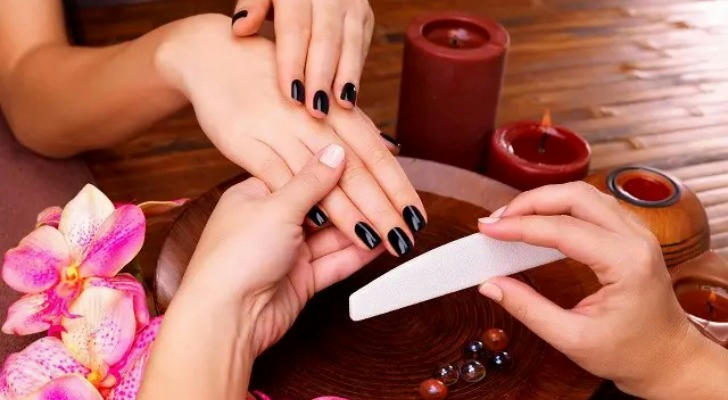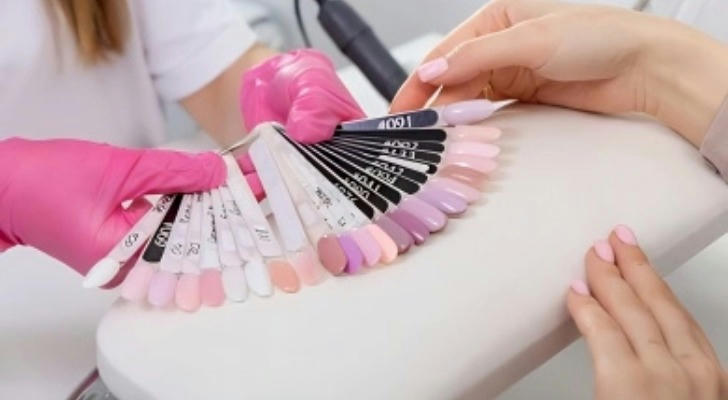What to Expect in Nail Tech School
For many, nail artistry is more than just a beauty routine — it’s a creative profession with growing demand. According to the U.S. Bureau of Labor Statistics, the job outlook for manicurists and pedicurists is projected to grow 9% from 2022 to 2032, faster than the average for all occupations. Nail tech school is the first formal step for those interested in entering this career. But what actually happens in nail tech school? This guide breaks it down in clear, practical terms.

Understanding the Purpose of Nail Tech School
Nail technician programs are designed to prepare students for licensure and a professional role in the beauty industry. Each U.S. state has its own licensing requirements, but all states require completion of a certified training program followed by a written and/or practical exam.
These schools provide more than just technical skills. They help students build confidence, understand hygiene and sanitation laws, and learn the professional standards expected in salons and spas.
Length and Format of the Program
The time commitment can vary based on state requirements and whether the student attends full-time or part-time. In most states, the training hours range between 300 to 600 hours. Some states, such as New York, require 250 hours, while others like Alabama may require up to 750.
Many schools offer flexible scheduling, including daytime, evening, and weekend classes. Programs can be completed in as little as three months or may take up to a year for part-time students.
Core Subjects Taught
Nail tech education isn't just about painting nails. Here's a breakdown of key topics most programs cover:
Nail Structure and Anatomy
Understanding how nails grow and what they’re made of is essential for safe and effective treatments. Courses typically include lessons on the anatomy of the hand, skin, and nail plate.
Sanitation and Safety
Students are taught how to disinfect tools, maintain a clean workspace, and follow health regulations to prevent infection or cross-contamination.
Manicures and Pedicures
Basic and advanced techniques are covered, including hand and foot massage, exfoliation, cuticle care, and polish application.
Artificial Nail Application
This includes acrylics, gel extensions, silk wraps, and dip powder. Training involves sculpting, filling, and removal procedures.
Nail Art Techniques
Many schools introduce students to nail design, including marbling, stamping, ombré effects, and use of rhinestones and decals.
Salon Management and Client Communication
Understanding how to manage appointments, build client relationships, and maintain professionalism is a crucial part of a nail tech’s success. Some programs also touch on basic business skills.
Tools and Materials Used
Students typically practice with a nail tech kit, which often includes:

Nail files and buffers
Cuticle pushers and nippers
UV or LED lamps for curing gels
Acrylic powders and liquids
Nail polish and art tools
Disinfection solutions
While the contents vary by program, the kit is a major part of hands-on learning. Some schools allow students to keep their kits after completing the course.
Practical Training and Client Work
Training often begins with mannequin hands or practice fingers. Once foundational skills are solid, students may move on to working with actual clients under instructor supervision.
This stage allows students to simulate real-world salon experiences, helping them prepare for working with different nail types, personalities, and requests.
Licensing Preparation
Each state requires graduates to pass a licensing exam, which usually includes both a written theory test and a practical assessment. The written portion covers sanitation, anatomy, and procedures, while the practical requires performing tasks like sculpting acrylics or giving a manicure.
Passing the state exam is mandatory for working in a salon or opening a personal nail studio.
Career Paths After Graduation
Graduates of nail tech school have a wide range of options, including:
Working in nail salons or spas
Becoming a mobile nail technician
Renting space in a beauty suite
Working on fashion or photo shoots
Teaching in cosmetology schools (with further certification)
Some technicians eventually move into salon ownership or specialize in areas like medical nail care or editorial nail design.
Continuing Education and Trends
Staying updated is important in the beauty industry. Nail trends change quickly, and many technicians take short courses or attend trade shows to stay current. Topics like Russian manicures, 3D nail art, or electric file safety are commonly explored after initial licensing.
Continuing education can also be required for license renewal, depending on the state.
Cost Considerations
The total cost of nail tech school can vary widely. Tuition typically ranges from $2,000 to $10,000, depending on location, program length, and school reputation. This cost usually includes the nail kit and textbooks.
Some states and institutions may offer financial assistance or payment plans. It's important to compare programs, visit campuses, and read reviews before enrolling.
Important Questions to Ask Before Enrolling
Prospective students should research thoroughly. Questions to consider include:

Is the program accredited by the state board of cosmetology?
How many hours are required to graduate?
What is the student-to-instructor ratio?
Are job placement resources available after graduation?
What kind of hands-on training is offered?
Final Thoughts
Nail tech school is a structured, skill-based program that sets the foundation for a career in nail services. It combines art and science, requires patience and precision, and prepares students for both creative work and customer care.
Whether pursuing a full-time career or building a side profession, attending a reputable program provides the practical knowledge needed to succeed. Choosing the right school depends on state requirements, personal goals, and the kind of training environment one prefers.
